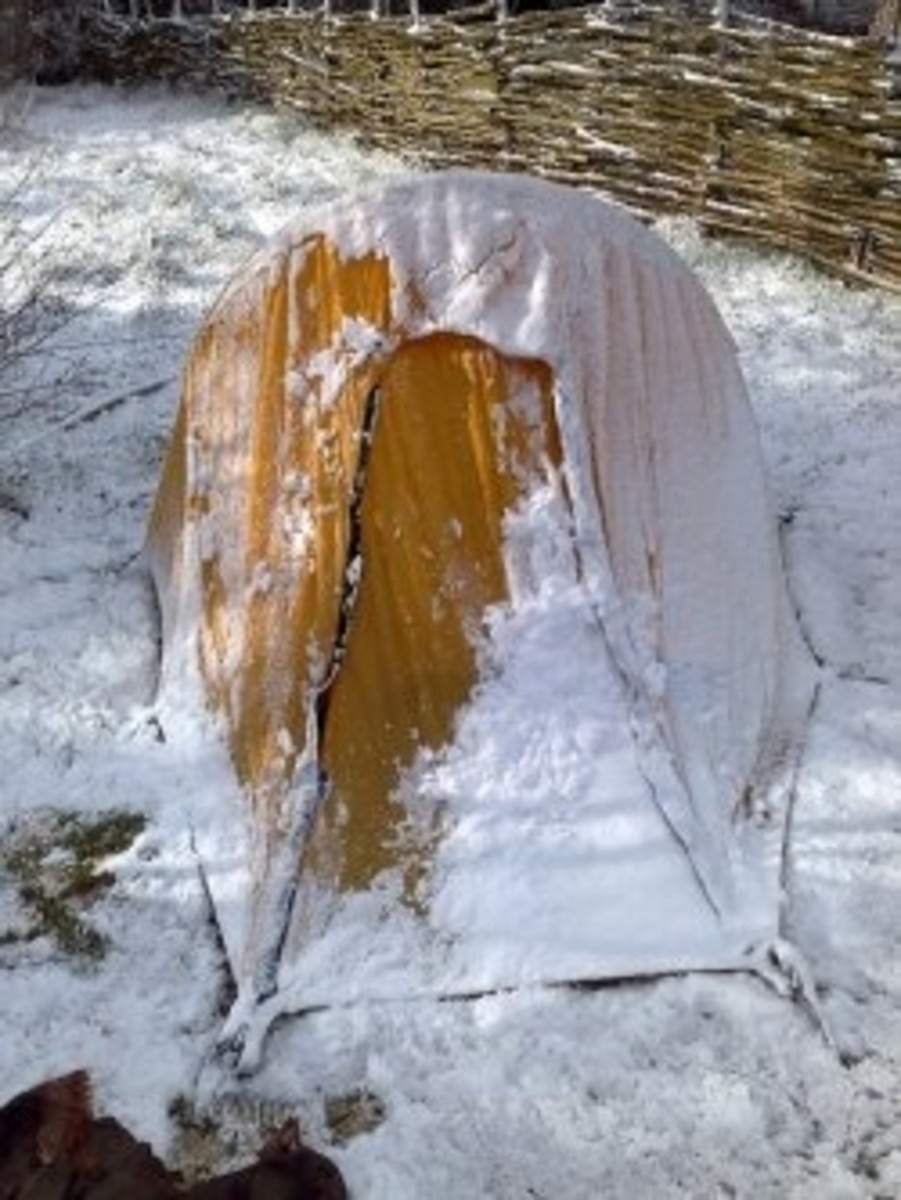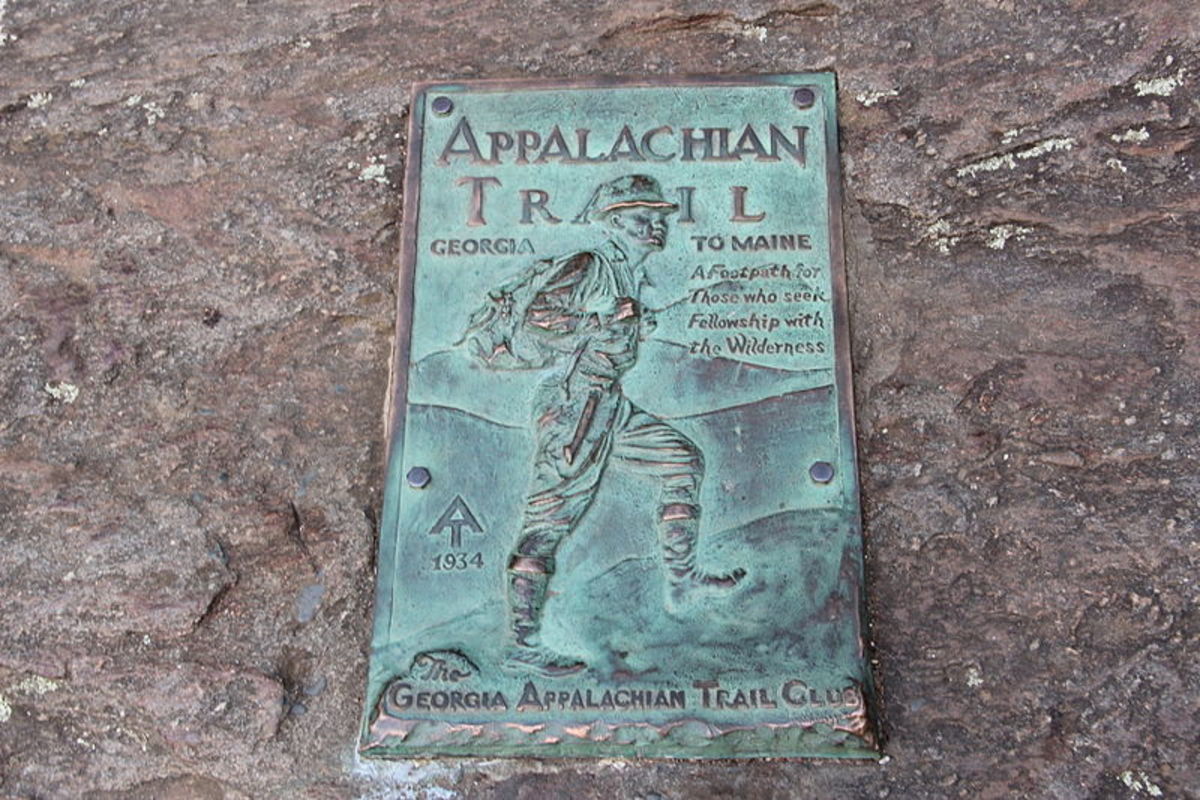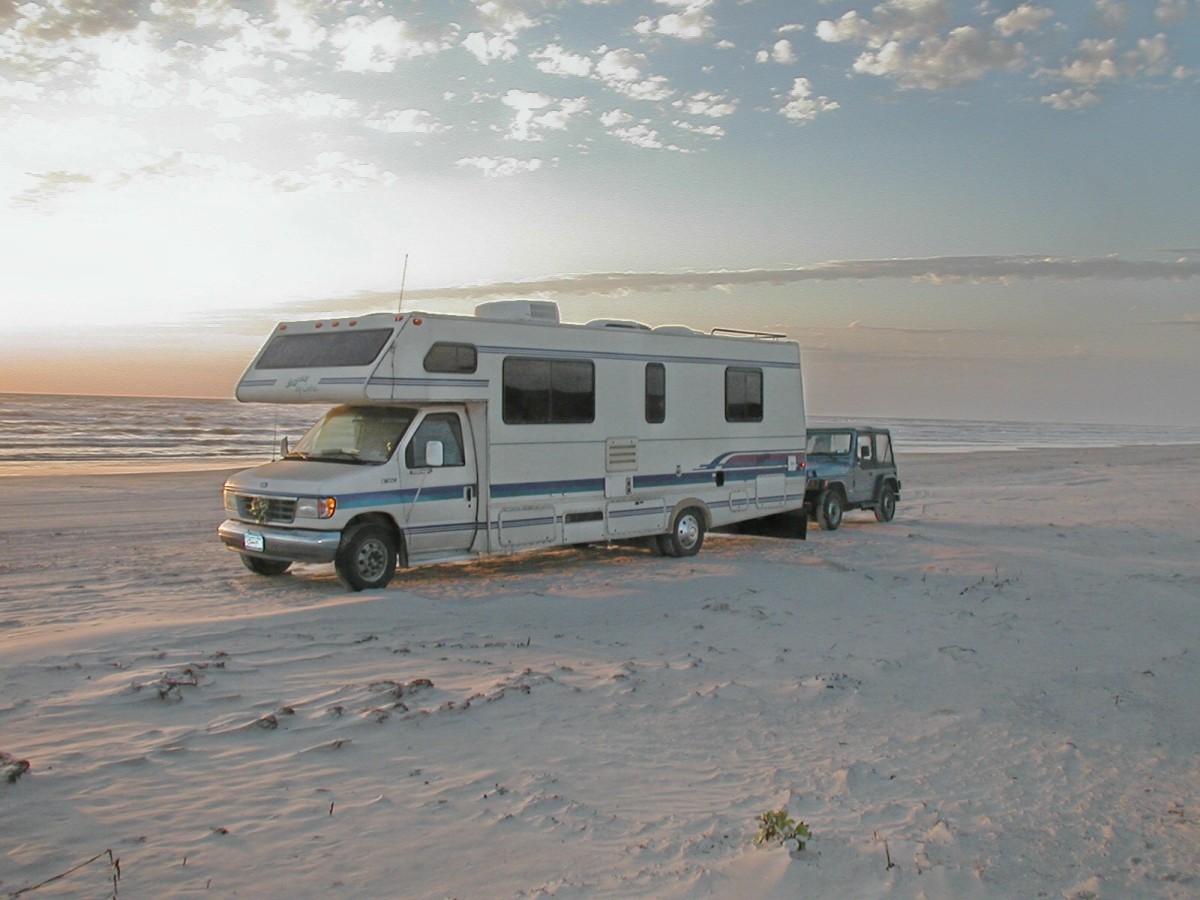An Appalachian Trail Thru-Hike: Part 6 - Entering the Smokies
"We did not feel like hiking, but after several days of not getting much done, we pushed ourselves forward and little by little we hiked ourselves into a better mood."
Fontana Dam
It was the last day of March. We had been hiking on the Appalachian Trail for two weeks - since March 16th, but it had been four days since we had hiked a considerable distance. We started out just above Stekoah gap that morning and we hiked to Fontana dam – 15 miles away. We started out slow, walking through the rain. We did not feel like hiking, but after several days of not getting much done, we pushed ourselves forward and little by little we hiked ourselves into a better mood. It helped that the sun came out around the middle of the morning. It was midafternoon when we reached Fontana Dam. We took a side trip into Fontana Village just a little ways down the road where we picked up some snacks. One thing we got was a box of frosted flakes and a half gallon of milk. We each had our share of the cereal in our cooking pots and we took turns drinking the rest of the milk out of the bottle on our way back to the dam.
We stayed at a big shelter there that night with a bunch of other hikers. Before we went over to claim our spots in the shelter we used some public showers at the dam. It was dark by the time we came out and just outside the shower building we met a Park Ranger and started talking with him. I had heard that there were wild boars in the Great Smoky National Park so I asked about them. For the next half hour Dave and I heard all the wild boar stories anyone could imagine. We were standing in the dark except for a floodlight over the men's shower entrance. The Ranger was standing in the middle of the beam as if he had a spotlight on him and he talked about all the times he had run across boars in the forest and all the damage they could do when they rooted up the plants with their snouts and tusks. It was all interesting to hear, but we were getting tired. Finally we broke away and we made our way to the shelter. By the time we got there it was pitch dark and everyone was asleep. We had some trouble finding spots to layout our sleeping bags. We both stumbled over packs and other stuff lying on the floor before we finally found some space.
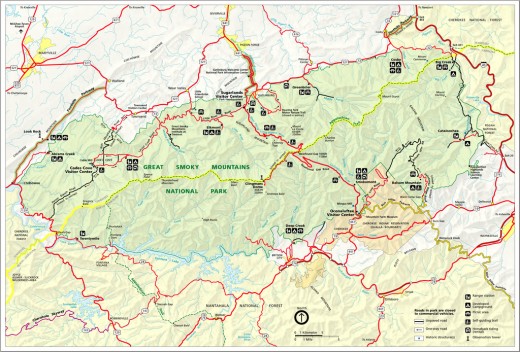
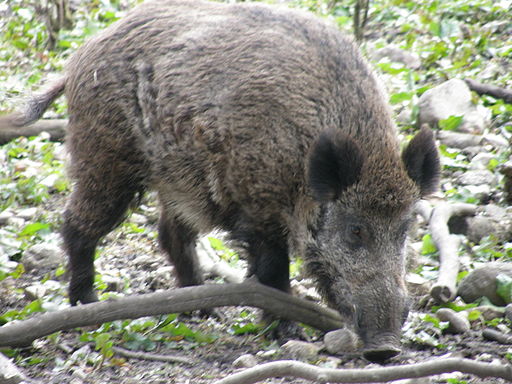
"The rules and procedures and the design of the shelters were planned to avoid conflicts between bears and humans."
Backcountry Camping Permit
Hiking the AT through a National Park is different than traveling along any other part of the trail. It is tightly regulated to due the number of visitors that the National Parks get. The Great Smoky Mountain National Park is the first National Park that an AT thru-hiker encounters when hiking northbound. The second is the Shenandoah National Park in Virginia which is also tightly regulated and a backcountry camping permit is required there as well. The trail traverses several National Forests, but National Forests are managed far differently by the federal government than National Parks. National Forests are managed by the U.S. Forest Service, part of the Department of Agriculture, while the National Parks are managed by the U.S. Park Service, part of the Department of the Interior. National Forests are managed for multiple uses. Multiple uses can include, timber harvesting, open range for livestock, quantity and integrity of water supply, wildlife habitat, and a variety of recreational uses including hunting, camping, hiking, horseback riding, skiing, and many others that depend on the characteristics of the forest. National Parks are more limited in scope. They are managed to allow people to experience the natural beauty and biological diversity of an area that has been designated as a special and unique place. People can experience these areas on different levels. There are typically scenic roads with visitor centers and scenic overlooks. There are also trails into the interior with campsites. These trails are well-used due to the fame of the National Parks. In order to preserve the the beauty and the wildlife, and to maintain safety, all visitors must follow the tight regulations that are set forth.
We met with a Park Ranger to get our backcountry camping permit early the next morning in a big empty parking lot next to Fontana Dam. The permit, luckily, did not cost anything. We called from a pay phone to set up the meeting. The number was in one of our guidebooks. The permit specified the shelters we would stay in every night we were scheduled to be in the park. This was so none of the shelters would be overcrowded. The rules and procedures and the design of the shelters were planned to avoid conflicts between bears and humans. We were instructed to hang our food up in the air on a rope between trees. We were also supposed to sleep inside the shelters with the door closed. All the shelters were stonewalled lean-tos that had chain-link fencing across the front with a pipe frame door like those you use to go into a tennis court. The door latched shut. The shelters had wood post frame bunks with stiff fencing wire strung across the frames. Hikers could lay sleeping pads out across the wire and their sleeping bags on top of the pads. Unfortunately neither Dave nor I carried sleeping pads with us. The wire bunks took a toll on both our sleeping bags. Due to the nights staying in the Great Smokey National Park shelters, we both ended up with minor tears in the nylon exposing the hollow fill insulation. We were eventually able to get some nylon tape to patch the tears.
After getting our permits, we started hiking and found that the weather was perfect. It was sunny, clear, and in the mid-70s with a slight breeze. We went 11.8 miles to Russell Field Shelter. Dave got a few good pictures of a small lizard that we saw next to the trail.
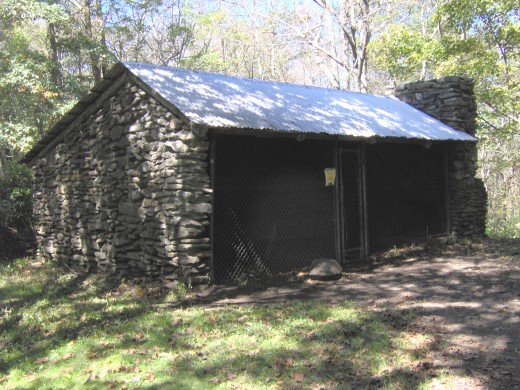
"After that that I didn't feel so bad for sneaking an extra spoonful of our lunch supplies."
Energy Boost
In the morning Dave had another photo opportunity. He took some good close-up shots of two deer in front of Russell Field shelter before breakfast. Our second day in the Smokies was overcast, and very windy. We hiked from Russell Field Shelter to Siler's Bald shelter – 13.6 miles. There was a little rain, but only sprinkles. The distance for the day didn't seem like much but for some reason it took more of a toll on me than usual. Maintaining energy was becoming a more difficult task. I wrote in my journal for that day:
“I have decided that we must figure a way to carry more food. Every time we eat we are hungry again in an hour.”
Toward the end of the day I got behind Dave. I kept thinking Siler's Bald shelter was close, but every time I rounded a corner or came to the top of a rise expecting to see the shelter, it wasn't there. I kept going but I was running out of energy. Finally I stopped, took out the peanut butter jar and the spoon from my silverware kit, then had a spoonful of peanut butter. I reached the shelter not long after that and told Dave that I had to have the peanut butter because I had been running out of gas. He laughed and told me he had done the same with the jelly. After that that I didn't feel so bad for sneaking an extra spoonful of our lunch supplies.
At Siler’s Bald shelter we caught up with the newlyweds we had seen on the first evening on top of Springer. When we compared our permits we discovered that we would be staying at the same shelters from that evening until we were through the park. It is often the case that thru-hikers meet up unexpectedly after not seeing each other for weeks or even months. They can later find out that they have been hiking along within a few miles of each other for days at a time without running into each other. It is easy to pass someone on the trail without knowing it due to many situations where one hiker can be down a side trail (usually marked with painted blue blazes) at a spring or a shelter or an overlook while the other stays on the main AT. Even something as simple as a "bathroom break" can cause hikers to pass each other on the trail without meeting up. Sometimes AT hikers get to know each other well enough that they recognize each other's back packs and walking sticks. Sometimes a hiker will be striding along a trail and come upon an unattended backpack propped against a tree. If the hiker recognizes the pack as one belonging to a fellow thru-hiker, all he has to do is wait until the owner comes back to their pack in order to have a reunion.
If you wish to read this series from the beginning, click the link below:
- An Appalachian Trail Thru-hike: Part 1 - Deciding to...
Two teenagers hike the Appalachian Trail from end to end in 1982. This episode describes how they decided to hike the trail and their preparation for the trip.



